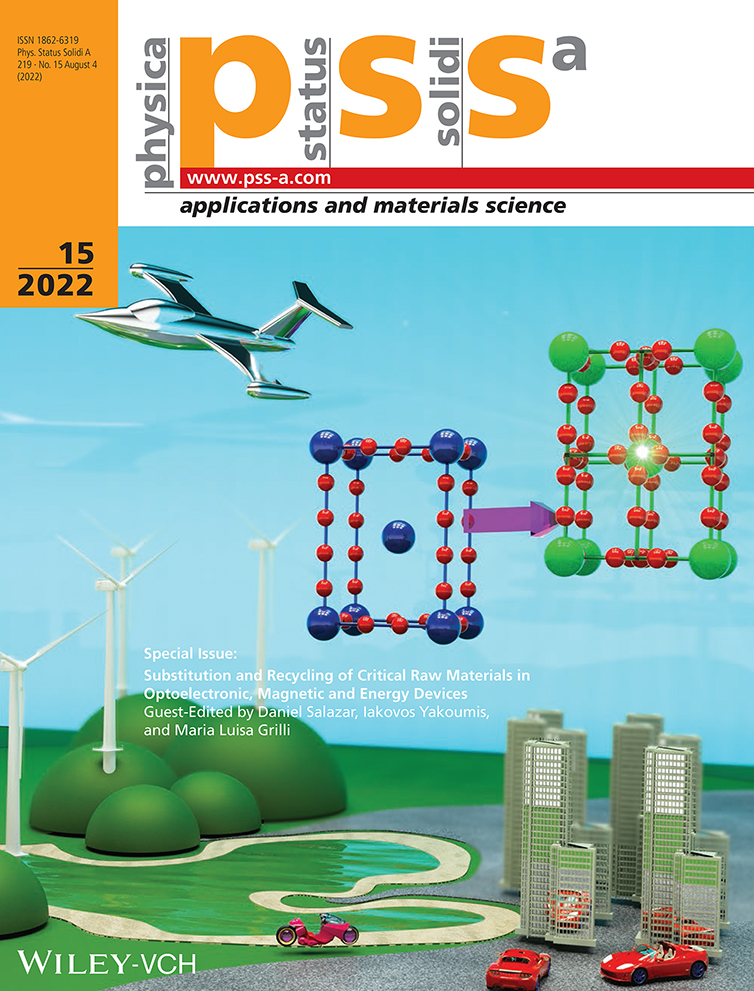Magnetic Properties of Tetragonal SmFe12−xMox Alloys in Bulk and Melt-Spun Ribbons
Abstract
Currently, electric motors and generators use high-energy permanent magnets based on RE2Fe14B phases (RE: rare earth) with high amounts of RE often including heavy-RE metals (Dy, Tb), the most critical group of the raw materials. REFe12 alloys are seen as potential alternatives to RE2Fe14B because they contain a significantly lower amount of RE metals with similar or better values of remanent magnetization (MR) and high magnetocrystalline anisotropy, which can give rise to a large energy product (BH)max. Herein, the effect of heat treatments on the coercivity and magnetic properties on melt-spun ribbons of SmFe12−xMox (x = 0.5, 1) alloys with wheel speeds of 15 and 35 m s−1 is studied. The maximum coercivity after heat treatments is obtained in as-spun ribbons at a speed of 35 m s−1. For the x = 0.5 ribbons, μ0Hc increases from 0.06 to 0.36 T, while for the x = 1.0 ones μ0Hc is enhanced from 0.02 to 0.34 T. The highest values of saturation magnetization are obtained for the x = 0.5 ribbons (≈145 Am2 kg−1).
Conflict of Interest
The authors declare no conflict of interest.
Open Research
Data Availability Statement
The data that support the findings of this study are available from the corresponding author upon reasonable request.




